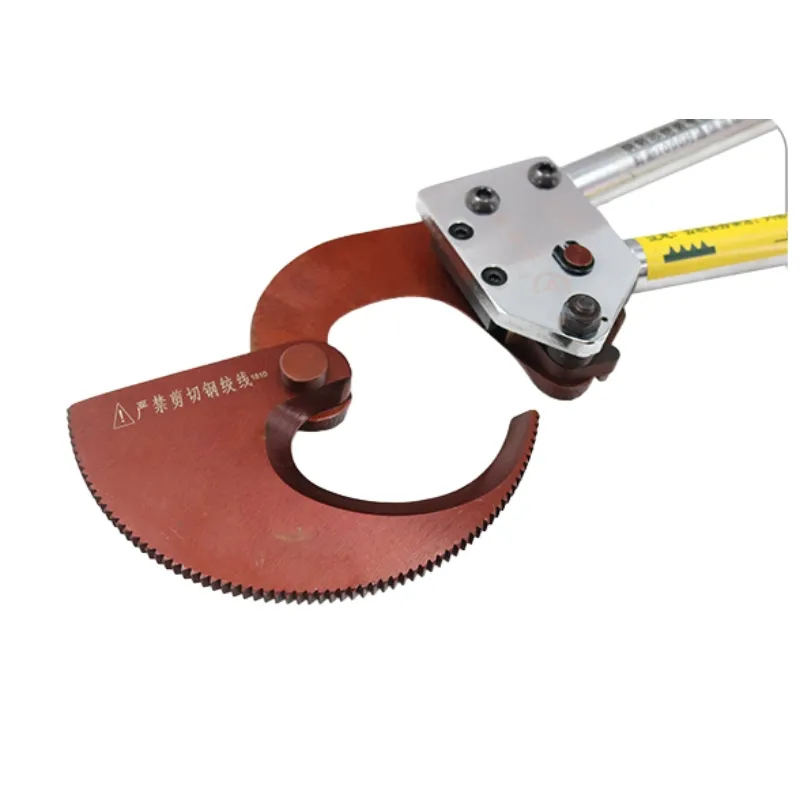
-
 Afrikaans
Afrikaans -
 Albanian
Albanian -
 Amharic
Amharic -
 Arabic
Arabic -
 Armenian
Armenian -
 Azerbaijani
Azerbaijani -
 Basque
Basque -
 Belarusian
Belarusian -
 Bengali
Bengali -
 Bosnian
Bosnian -
 Bulgarian
Bulgarian -
 Catalan
Catalan -
 Cebuano
Cebuano -
 Corsican
Corsican -
 Croatian
Croatian -
 Czech
Czech -
 Danish
Danish -
 Dutch
Dutch -
 English
English -
 Esperanto
Esperanto -
 Estonian
Estonian -
 Finnish
Finnish -
 French
French -
 Frisian
Frisian -
 Galician
Galician -
 Georgian
Georgian -
 German
German -
 Greek
Greek -
 Gujarati
Gujarati -
 Haitian Creole
Haitian Creole -
 hausa
hausa -
 hawaiian
hawaiian -
 Hebrew
Hebrew -
 Hindi
Hindi -
 Miao
Miao -
 Hungarian
Hungarian -
 Icelandic
Icelandic -
 igbo
igbo -
 Indonesian
Indonesian -
 irish
irish -
 Italian
Italian -
 Japanese
Japanese -
 Javanese
Javanese -
 Kannada
Kannada -
 kazakh
kazakh -
 Khmer
Khmer -
 Rwandese
Rwandese -
 Korean
Korean -
 Kurdish
Kurdish -
 Kyrgyz
Kyrgyz -
 Lao
Lao -
 Latin
Latin -
 Latvian
Latvian -
 Lithuanian
Lithuanian -
 Luxembourgish
Luxembourgish -
 Macedonian
Macedonian -
 Malgashi
Malgashi -
 Malay
Malay -
 Malayalam
Malayalam -
 Maltese
Maltese -
 Maori
Maori -
 Marathi
Marathi -
 Mongolian
Mongolian -
 Myanmar
Myanmar -
 Nepali
Nepali -
 Norwegian
Norwegian -
 Norwegian
Norwegian -
 Occitan
Occitan -
 Pashto
Pashto -
 Persian
Persian -
 Polish
Polish -
 Portuguese
Portuguese -
 Punjabi
Punjabi -
 Romanian
Romanian -
 Russian
Russian -
 Samoan
Samoan -
 Scottish Gaelic
Scottish Gaelic -
 Serbian
Serbian -
 Sesotho
Sesotho -
 Shona
Shona -
 Sindhi
Sindhi -
 Sinhala
Sinhala -
 Slovak
Slovak -
 Slovenian
Slovenian -
 Somali
Somali -
 Spanish
Spanish -
 Sundanese
Sundanese -
 Swahili
Swahili -
 Swedish
Swedish -
 Tagalog
Tagalog -
 Tajik
Tajik -
 Tamil
Tamil -
 Tatar
Tatar -
 Telugu
Telugu -
 Thai
Thai -
 Turkish
Turkish -
 Turkmen
Turkmen -
 Ukrainian
Ukrainian -
 Urdu
Urdu -
 Uighur
Uighur -
 Uzbek
Uzbek -
 Vietnamese
Vietnamese -
 Welsh
Welsh -
 Bantu
Bantu -
 Yiddish
Yiddish -
 Yoruba
Yoruba -
 Zulu
Zulu


Հկտ . 04, 2024 04:23 Back to list
antenna ground rod - measuring wheel
Importance of Grounding for Antennas The Role of Ground Rods and Measuring Wheels
In the realm of telecommunications and broadcasting, effective antenna performance is paramount. One of the critical aspects often overlooked is proper grounding. Grounding not only enhances the efficiency of the antenna but also ensures safety and compliance with regulatory standards. Among the various grounding methods, the use of ground rods has emerged as a favored solution.
Importance of Grounding for Antennas The Role of Ground Rods and Measuring Wheels
Determining the correct placement and depth for these ground rods is vital to maximize their efficiency. This is where a measuring wheel becomes an indispensable tool. A measuring wheel is a simple device equipped with a wheel that counts revolutions to measure distances accurately. When installing ground rods, deploying a measuring wheel aids technicians in marking precise measurements. This ensures that the ground rod is installed at the optimal distance from the antenna, taking into consideration factors such as the soil's conductivity and the overall layout of the site.
antenna ground rod - measuring wheel

When planning an antenna installation, several factors must be considered. The resistance of the grounding system should ideally be below 5 ohms, although specific requirements can vary based on local regulations or the type of antenna used. Using a measuring wheel allows engineers to layout the ground rod installation effectively, ensuring that rods are spaced according to best practices, which typically recommend that each rod should be placed at least six feet apart for optimal performance.
Furthermore, the type of soil can significantly affect grounding effectiveness. Wet soil conducts electricity better than dry soil, so measuring tools help in selecting the right locations to install ground rods. Conducting tests with a measuring wheel not only aids in ensuring compliance but also promotes long-term reliability in antenna systems.
In conclusion, grounding is a fundamental element for antenna systems, and the implementation of ground rods is crucial for creating a reliable and safe communication environment. The use of a measuring wheel in the installation process enhances accuracy and efficiency, ultimately contributing to the antenna's performance. As technology advances and our connectivity needs grow, understanding and applying these grounding techniques will remain integral in the telecommunications field. Proper grounding, therefore, is not just a technical requirement but a cornerstone of quality and safety in antenna operations.
Latest news
Understanding Earth Wiring and Grounding: Essential Components for Electrical Safety
NewsAug.15,2025
The Ultimate Guide to Cable Pulling Tools and Equipment for Efficient Installations
NewsAug.15,2025
Streamline Your Projects with Advanced Cable Pulling Equipment
NewsAug.15,2025
Simplify Cable Installation with Advanced Cable Pulling Tools and Equipment
NewsAug.15,2025
Essential Guide to Link Sticks and Hot Sticks for Electrical Safety and Line Work
NewsAug.15,2025
Efficient Solutions for Cable Installation: Your Guide to Cable Pulling Winches and Equipment
NewsAug.15,2025








